The Meizu PRO 5 Review
by Matt Humrick on June 24, 2016 8:00 AM EST- Posted in
- Smartphones
- Exynos
- Mobile
- Meizu
- Exynos 7420
Final Words
The Meizu PRO 5 was released towards the end of 2015, and it’s tempting to dismiss it now that we have a new generation of phones to choose from. Meizu even added a new member to the PRO family in the form of the PRO 6 recently, released only about half a year after the PRO 5. For now though, Meizu will continue to sell the PRO 5 alongside the PRO 6, which makes some sense. The two phones use different size 1080p SAMOLED displays, 5.7-inch for the PRO 5 and 5.2-inch for the PRO 6, giving customers different size options, and the PRO 5 will of course be less expensive. Even when compared to newer phones in its price range, like the just recently announced OnePlus 3, the PRO 5’s specifications still hold up pretty well.
When the PRO 5 first appeared, its Exynos 7420 SoC was the highest performing silicon available for Android phones. Since that time, a whole new generation of SoCs were introduced, including HiSilicon’s Kirin 950/955, Qualcomm’s Snapdragon 820, and Samsung’s Exynos 8890, that offer better performance at least in some metrics; however, the older Exynos 7420 is still very capable, especially for general system tasks that rely on the CPU. It helps the PRO 5 keep pace in our web-based JavaScript tests, and with the help of the PRO 5’s fast UFS 2.0-based internal storage and whatever software tweaks FlymeOS includes, gives the PRO 5 some of the fastest times for launching and switching between apps. Its GPU cannot match the peak performance of newer parts, but it’s still fast enough for current games. Overall, the PRO 5 still feels like a modern flagship phone.
The PRO 5’s high-resolution 21MP rear camera captures nicely detailed images and generally handles exposure and white balance well, although it leans towards brighter exposures in medium-light scenes. In good lighting, the PRO 5’s image quality is competitive with other flagship phones. And while its image noise is average for a phone camera, the lack of OIS keeps it from matching the low-light performance of more expensive phones such as the Galaxy S7. Unfortunately, the PRO 5’s HDR mode is disappointing, making overexposed areas worse and greatly exaggerating colors.
The PRO 5’s greatest strength, and what really sets it apart, is its great-sounding audio. While its external speaker seems better tuned for voice calls and movie dialogue rather than music, its headphone output is the best I’ve ever heard. Inside the PRO 5 are two distinct headphone audio circuits: one path is similar to what’s found in most smartphones, but the second path, which Meizu dubs “Hi-Fi Sound 2.0,” includes higher-quality hardware that sounds better and is even capable of driving higher-impedance headphones.
No smartphone is perfect, however. The PRO 5’s weak point is its 5.7-inch SAMOLED display, whose 1080p resolution is low enough that some people will be able to notice the limitations of its PenTile pixel configuration. The panel’s maximum brightness is also pretty low even for OLED, and while the PRO 5’s grayscale and color accuracy are not the worst we’ve seen, it’s definitely not in the same league as Samsung’s Galaxy phones or Motorola’s Moto X Pure Edition.
The PRO 5 comes with Flyme 5.1, Meizu’s custom skin that runs on top of Android 5.1. We discussed the previous version of FlymeOS in our review of the Meizu MX4 Pro. The current version has a cleaner, more modern Android appearance. As is typical for Chinese OEM skins, Flyme does not include an app drawer. The usual Android back and recent apps buttons are also missing. Instead of physical or onscreen buttons, the PRO 5’s home button doubles as a capacitive button that can be assigned several different functions, although using it as a back button is an obvious choice. Swiping up from the bottom bezel brings up the recent apps menu. Personally, I find swiping far easier and more intuitive than pressing buttons on a smartphone, so I really like Flyme’s use of a swipe gesture for this common function. I really wish all Android phones used this method.
Flyme also supports lock screen gestures, including the ability to double-tap to light up the screen and swipe horizontally to change music tracks. You can also create shortcuts that automatically launch apps of your choosing by drawing letters on the lock screen. There’s also a persistent SmartTouch joystick button that’s always visible (opacity is adjustable) that can be assigned different tasks. For example, it can work as a back button by tapping it, an app switcher by swiping left or right, and will pull down the notification shade by swiping down, a useful feature if you cannot reach the top of the screen with one hand.
Flyme needs some additional polish, however. While it did not affect the limited number of apps I tried, the DVFS bug when using the PRO 5’s Performance power mode, which causes erratic performance in PCMark, could interfere with third-party app performance. The camera app’s inability to rotate the UI into landscape mode and lack of an HDR toggle on the main screen are additional examples. Fortunately, most of the Chinese translation problems have been cleaned up in the international version of FlymeOS, which are still prevalent when using English in the China specific version (shown below).
Despite a few shortcomings, I rather like the PRO 5. Sure, without LTE support and an OS that’s not tailored to western conventions, it’s not the best choice for North American customers. But it’s still a viable option for other markets depending on price. The PRO 5’s good performance, decent camera, and average battery life keep it competitive with other phones in this price range. A great fingerprint sensor and excellent audio help it stand out. The only thing really holding it back from being a great phone is the display and a general lack of polish in areas like the camera processing.


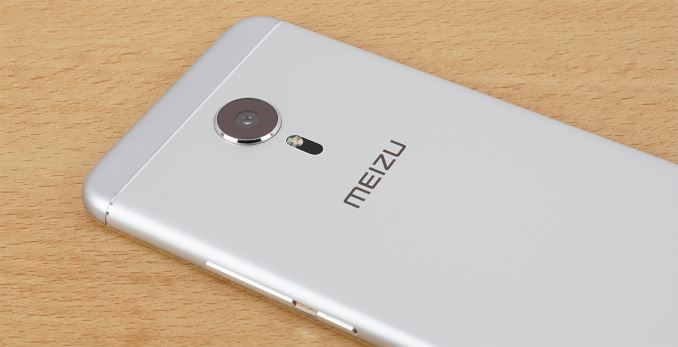
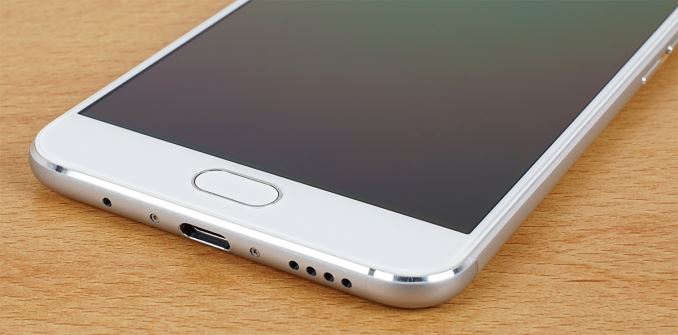
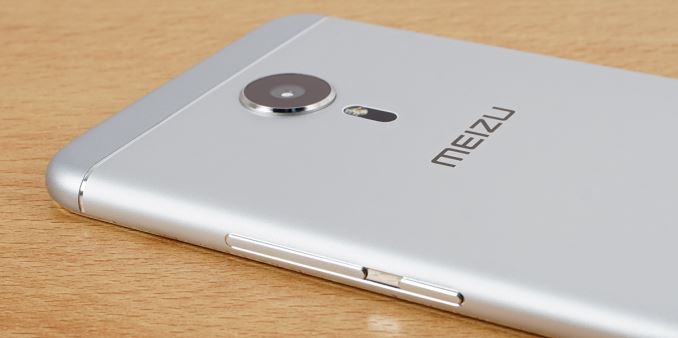
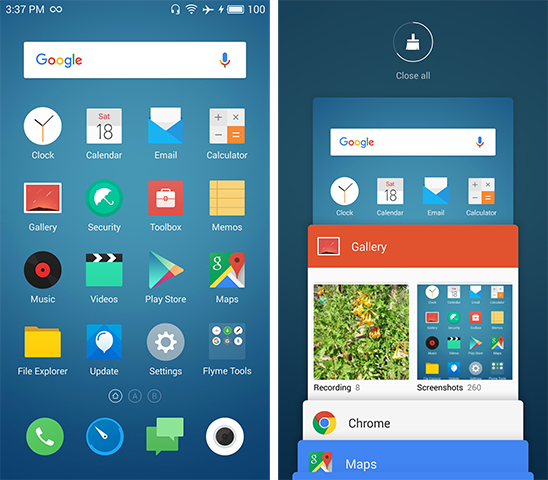

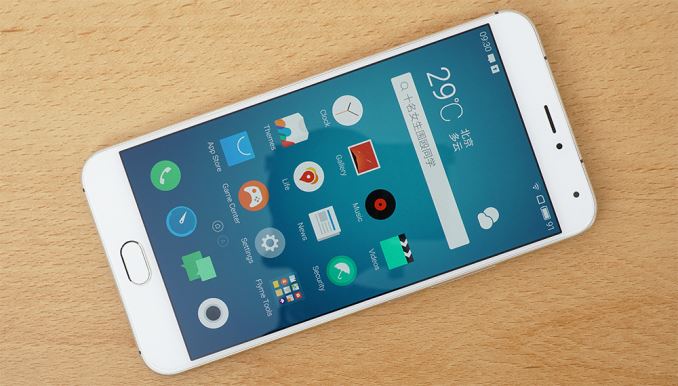








80 Comments
View All Comments
retrospooty - Friday, June 24, 2016 - link
Anandtech will probably review the new 2016 Moto phones ... in 2017 ... Q4 LOL :PSunLord - Friday, June 24, 2016 - link
Anandtech needs to replace it's slow/late writers theirs a difference in taking time to do a good through review on new stuff and being moths late. If you take more then a month to get a review out you shouldn't get important reviews. I expect we'll see a full RX 480 review in time for Vega to ship with the way things have gone down hill and jumped off a cliff when it comes to timely reviews ever since they got sold.kspirit - Friday, June 24, 2016 - link
@retrospooty HA! true.invinciblegod - Friday, June 24, 2016 - link
Wow, racist one here! (Either that or a eurocentrist one, either way)I'm more interested in the phone no one else is reviewing because everyone else already reviewed those other phones. I'd rather see these reviews of different phones.
kspirit - Friday, June 24, 2016 - link
Oh Christ. I am not racist, how dare you accuse someone like that.China is very important for global trade, etc etc. I get all that. But riddle me a single innovation by a Chinese OEM. They take the idea of what other OEMs invent, drop it to bargain basement price (with a quality compromise somewhere along the way), and sell it off. They don't invent jack, they just cram more and more needless hardware in device in a manner of a pissing contest between their own kind. AT is known for in-depth coverage of new and innovative hardware. Chinese OEMs do not fit that bill.
kaidenshi - Friday, June 24, 2016 - link
Not racist either, but I too would like to see more Euro/NA friendly phones reviewed, given this is an English-language site and likely read more by the West than the East.That said, this seems like a really cool phone and I'm glad it was reviewed. If it had North American LTE support I'd buy two.
Impulses - Saturday, June 25, 2016 - link
I dunno whether any Chinese phone OEM has truly innovated, I guess that might largely depend on where you fall on the whole Taiwan thing, but you're casting some pretty big generalisations for which the term isn't wholly unwarranted... Chinese OEM in other markets have definitely come up with novel ideas. /shrug HTC was building phones for a lot of people long before the smartphone went mainstream too...fuicharles - Saturday, June 25, 2016 - link
Chinese OEM Innovation, example:" The use of a curved glass back cover is also awesome and Xiaomi is actually the first OEM to do this to my knowledge. It’s definitely slippery, but the in-hand feel is really much better than the traditional angular glass phones like the Xperia Z line. The fact that Samsung is following here by doing the same for the Note 5 probably says something about just how far Xiaomi has come since their first smartphone."
This is the copy from the Summary by Joshua Ho of Anandtech when review the Xiaomi Mi Note - http://www.anandtech.com/show/9386/the-xiaomi-mi-n...
By the Ways, Huawei Kirin SOC are very successfully recently.
theduckofdeath - Sunday, June 26, 2016 - link
The Galaxy S6 edge had a curved glass back as well, to match the curved front. I guess Joshua jsut didn't think that one though long enough.theduckofdeath - Sunday, June 26, 2016 - link
*The Galaxy S6 edge had a curved glass back as well, to match the curved front. I guess Joshua just didn't think that one through long enough.(Would it be too much asked to get a comment section with a simple edit button like every other site in the world has? :D )